Article Summary:
Do you understand the benefits of rotational grazing for improving pasture utilisation, livestock nutrition, and soil fertility? This article will touch on all of these subjects and give insights into why you should practice rotation grazing. Read on to find out more, and leave a comment with any questions.
- Why do we need rotational grazing today?
- What is rotational grazing?
- How can rotational grazing improves your pasture growth?
- How can rotational grazing improves your pasture utilisation?
- How can rotational grazing improve your herd’s nutrition?
- How can rotational grazing improve your soil fertility?
- How can you implement an effective rotational grazing system?
Why do we need rotational grazing today?
About 10,000 years ago, we began grazing livestock to produce food. Grazing has helped humans to thrive on this planet.
As human incomes and lifespans continue to increase, the demand for meat, milk and animal products increases.
But how do we meet this demand without depleting soil fertility, water tables or mineral wealth?
How do we produce more without compromising our farms and our profits?
Enter rotational grazing.
What is rotational grazing?
Rotational grazing is a grazing system that divides your grazing area into small subdivisions, often known as paddocks. You can then choose when your livestock grazes which paddock.
Rotational grazing can help you prevent over-grazing or under-grazing. In turn, this helps your pastures to recover and regrow quickly. So, you get more yield and production.
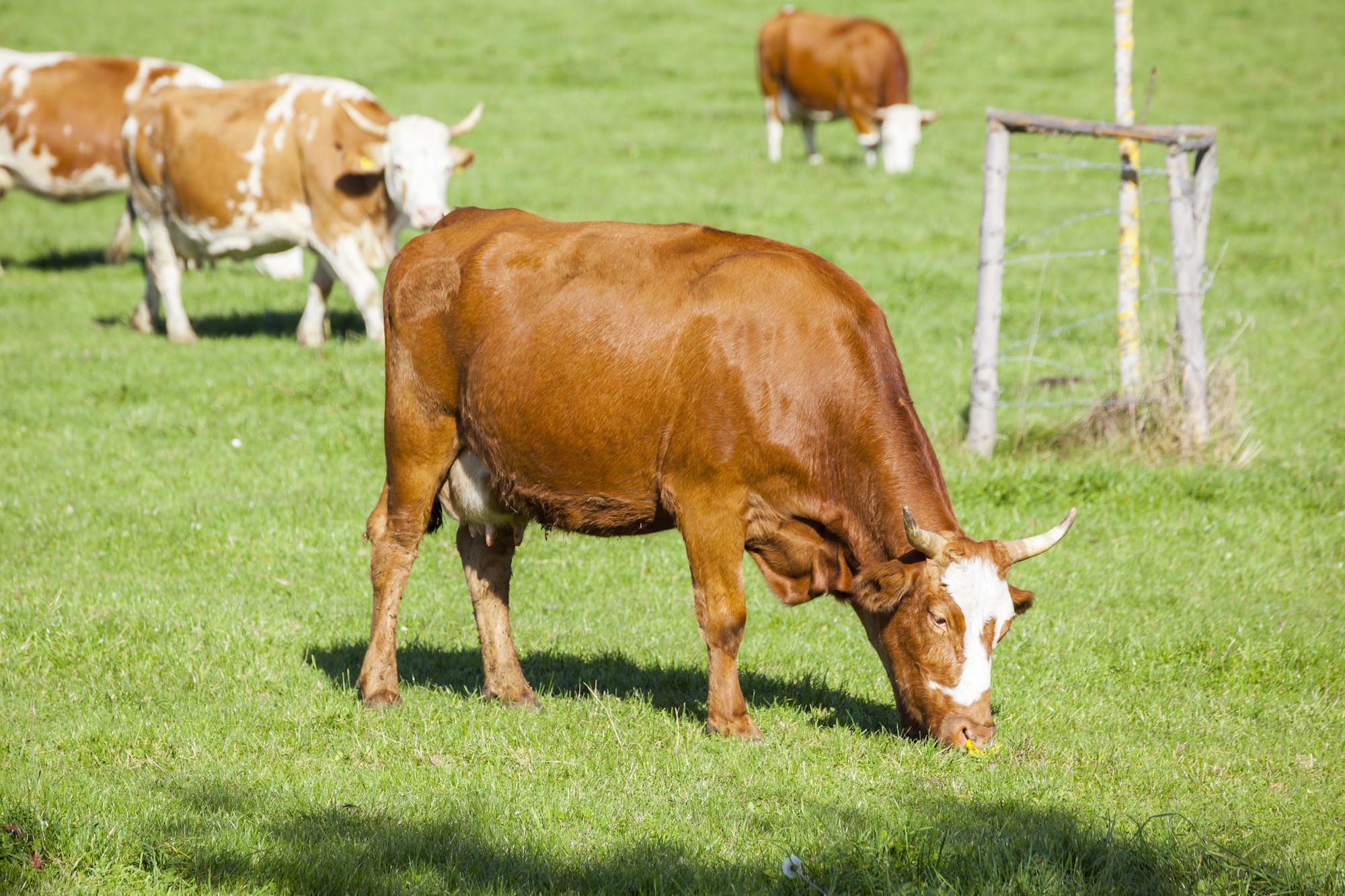
How can rotational grazing improves your pasture growth?
Rotational grazing gives you more control of your grazing events.
You can prevent over-grazing and under-grazing. And keep your pasture in its most productive growth phase. In addition, this practice will help your pasture regrow faster.
Take a look at the below picture. Researchers planted both pots with the same species of orchard grass under the same conditions.
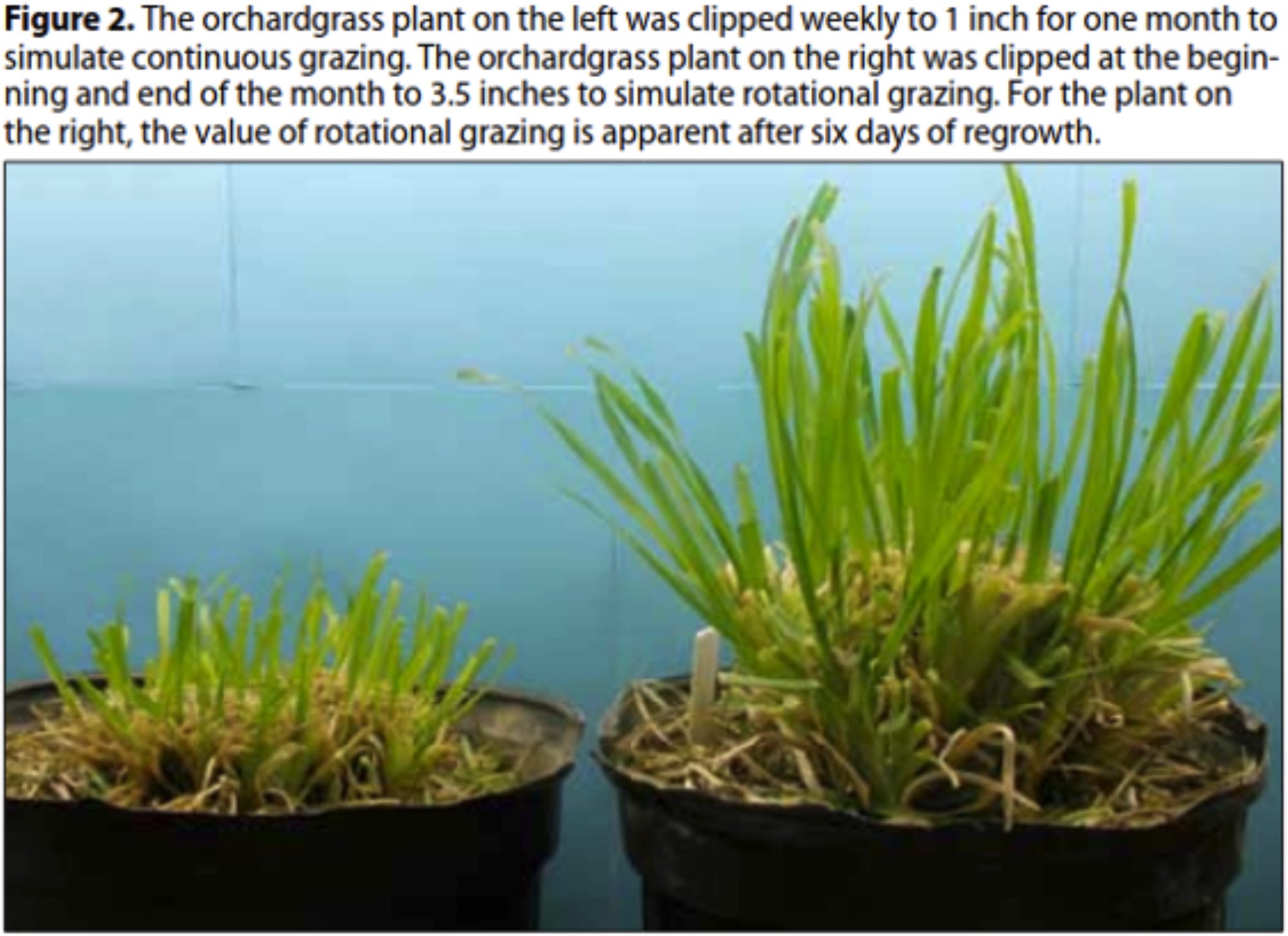
Researchers from the University of Kentucky simulated continuous grazing (pot on the left) and rotational grazing (pot on the right) conditions under a controlled environment.
Researchers clipped the pot on the left (continuous grazing) to 1-inch every week for a month. At the same time, researchers cut the pot on the right (rotational grazing) to 3.5 inches twice a month.
As you can see, the pot on the right shows faster and more vigorous regrowth. So, you can get significantly higher annual dry matter yields, up to 50% more per hectare.
How rotational grazing improves your pasture utilisation:
But getting more yields is just one part of the story. To increase your production outcomes, it is equally important to focus on pasture utilisation.
Pasture utilisation is defined as the total amount of pasture dry matter (DM) that is harvested and consumed by your animals. Low pasture utilisation rates mean more wastage. And higher pasture utilisation rates mean that your grazing system is working well.
Rotational grazing can help you increase pasture utilisation rates by up to 25% in two ways.
#1 Rotational grazing makes your pasture more palatable
Rotational grazing forces your animals to eat all the plants, weeds included. In continuous grazing systems, animals tend to graze the more edible plants and avoid the weeds selectively.
So, weeds don’t get a chance to establish themselves in rotationally grazed paddocks. This finding means that your rotationally grazed paddocks will have more palatable species than continuously grazed areas. And in turn, it results in lower DM/ ha wastage.
#2 Rotational grazing reduces your pasture wastage
Continuously grazed pastures contain patches of forage that never gets eaten. So certain sections of your pasture withers and decays. This area adds up to your wastage.
It is estimated that continuous grazing systems use as little as 30% to 50% of the total available forage. The rest of the fodder is either trampled, soiled, or withers and dies.
With rotational grazing, your pasture utilisation rates can be as high as 75%. That’s over a 25% to 45% improvement when compared to continuously grazed pastures.
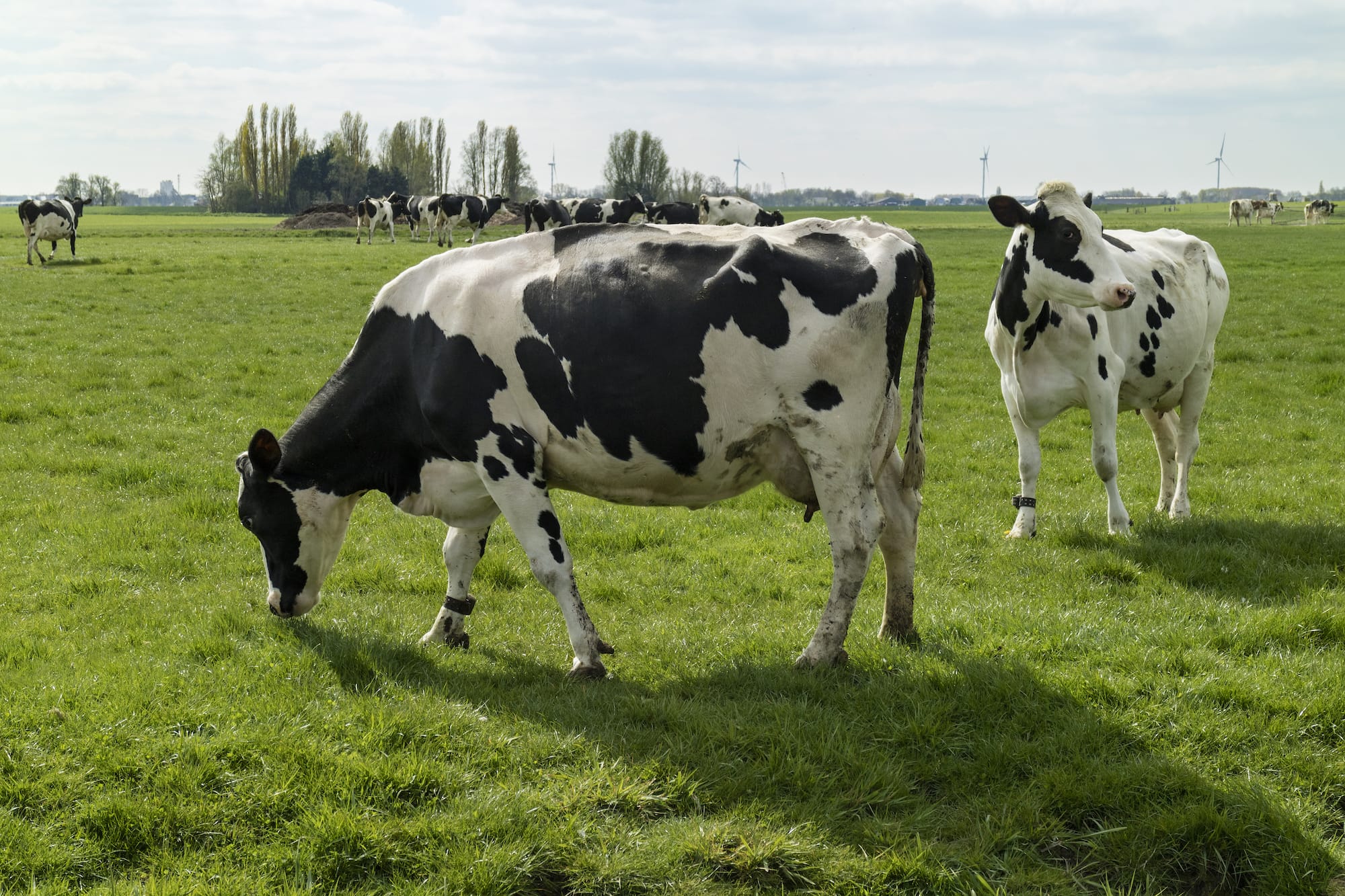
How can rotational grazing improve your herd’s nutrition?
Healthy animals need to eat between 2% to 5% of their body weight in dry matter every day. So, a cow that weighs 600 kg will need to eat around 15 to 30 kgs of dry matter every day.
To meet your herd’s nutritional needs, you’ll need your pastures to have a pre-grazing target of at least 2,500 Kg DM per hectare.
In a continuous grazing system, it is impossible to achieve this herbage level throughout the year. We can explain this finding because you can’t give your pasture enough rest to regrow after a grazing event. And you don’t have control over your animals’ grazing preferences.
But even more importantly, it is impossible to estimate how much DM your animals have consumed on a day-to-day basis. Because you can’t measure how much grass is there before your animal’s graze and after they’ve completed it.
However, with rotational grazing, you can monitor pre-grazing cover and post-grazing residuals on each paddock. The difference between the two will tell you how much dry matter your herd has grazed. So, you can improve your herd’s nutrition intake over time.
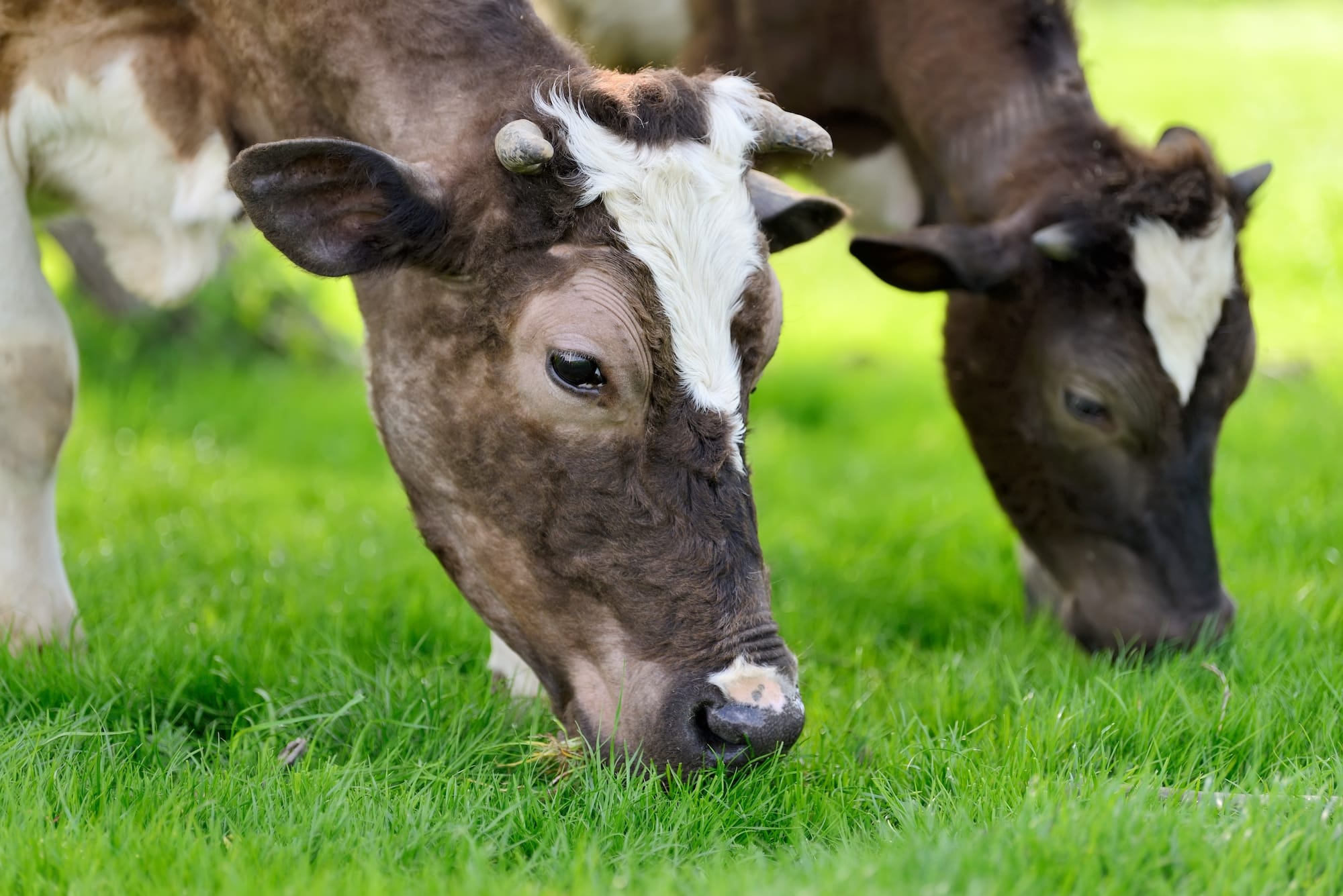
How can rotational grazing improve your soil fertility?
Have you noticed that grass grows better in patches near water bodies or shade trees? Why?
Because animals tend to gravitate towards a few favourite spots, usually near water or trees, this is why tests show that soil within 50 feet of shade or a water source typically has three to five times more nutrient levels compared to the average nutrient level for the pasture.
The more that cows urinate and defecate in these spots, the more the microbial activity and the higher the soil fertility.
Rotational grazing systems can help you avoid such an uneven concentration of nutrients and recycles it more evenly across the entire paddock.
The smaller sized paddocks also make it easier to amend deficit nutrients and maintain better soil health. This strategy is why rotationally grazed paddocks can better retain soil nutrients.
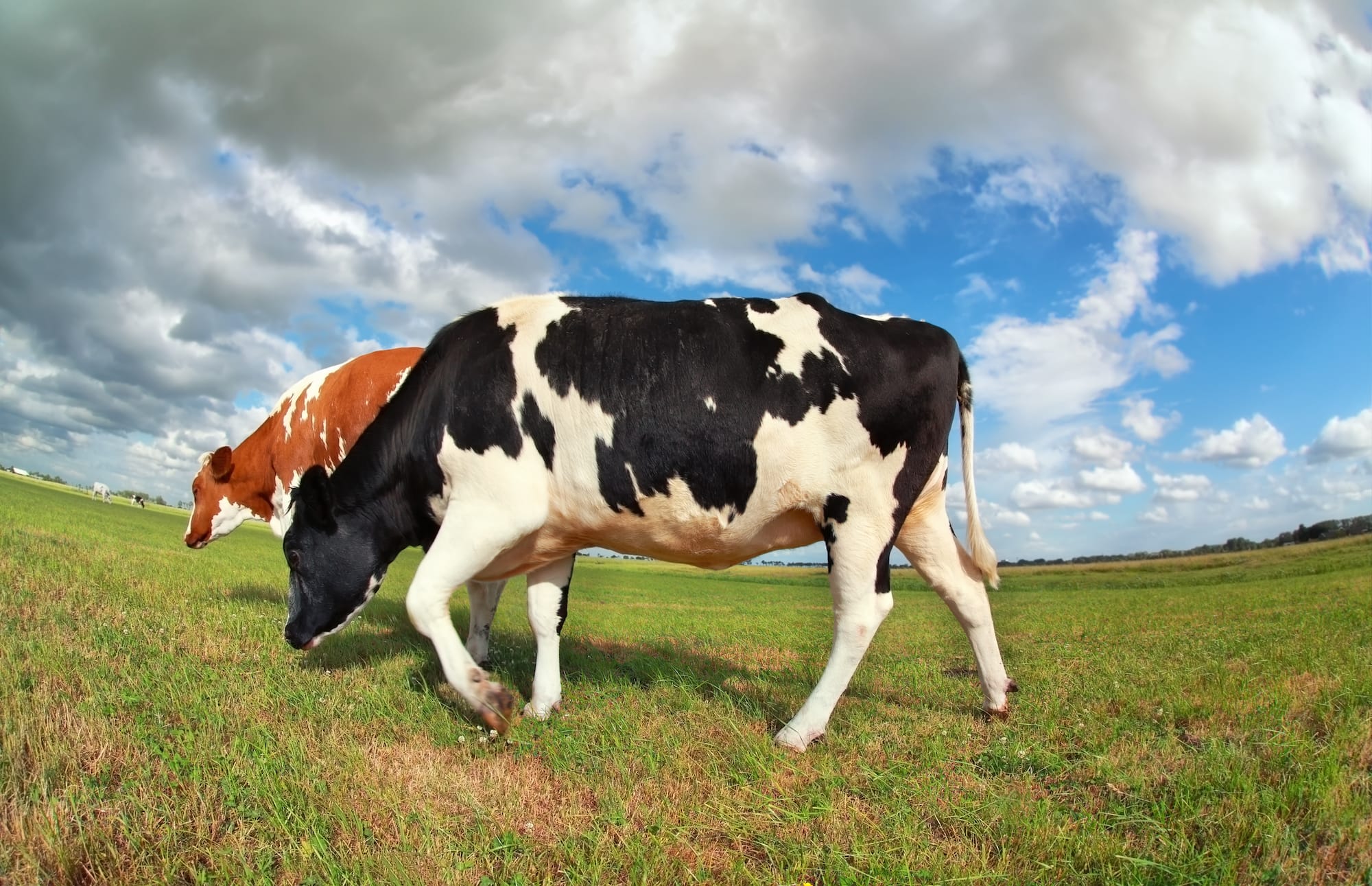
How can you implement an effective rotational grazing system?
You can implement a rotational grazing system in two ways.
- Rotating paddocks based on a fixed sequence
- Rotating paddocks based on pasture cover levels
#1 Rotating paddocks based on a set sequence:
In this system, you divide your grazing area into roughly equal-sized paddocks, and you rotate your animals between paddocks, in a set sequence, after a set period.
So, after paddock A, you graze paddock B next, and you continue rotating paddocks until you’ve reached your last paddock. Then, you start over from paddock A once again.
This simple rotational grazing system can help you achieve better yields, utilisation and nutritional value from your pastures. Especially when compared to continuous grazing.
However, because seasons, nutrient inputs and grazing keep changing, this static rotational model can break. Fixed sequence rotational grazing also breaks when you’re looking to optimise yields and utilisation over 200 hectares of pasture. This is when rotating paddocks based on pasture cover levels takes over.
#2 Rotating paddocks based on pasture cover levels:
This system rotates paddocks based on how much pasture cover is available and not in a set sequence.
It is also a more real-time and accurate model because it takes into account:
- Seasonal changes
- Soil fertility
- Stocking density
- Nutrition intakes
- Quality of pastures
- Nutrient inputs and irrigation
Because all these variables can impact how your pasture grows.
So, measuring your pasture growth, concerning these variables, over some time can help you:
- Get more pasture yields and utilisation
- ptimise your use of resources and inputs
However, to achieve this, you’ll need to measure your pasture growth rates regularly. And this can cost you time, effort and money.
But that's where Pasture.io comes into the picture. Thankfully in 2021, we no longer need to use time-intensive RPMs, rusty old ATV meters or any special software to measure your pasture.
Pasture.io collects your pasture growth rates every two days from over 200 satellites. We then put this data through our proprietary algorithm that considers your grazing pattern, local weather data and fertilisation.
And, you get accurate pasture growth measurements automatically to your phone every day.
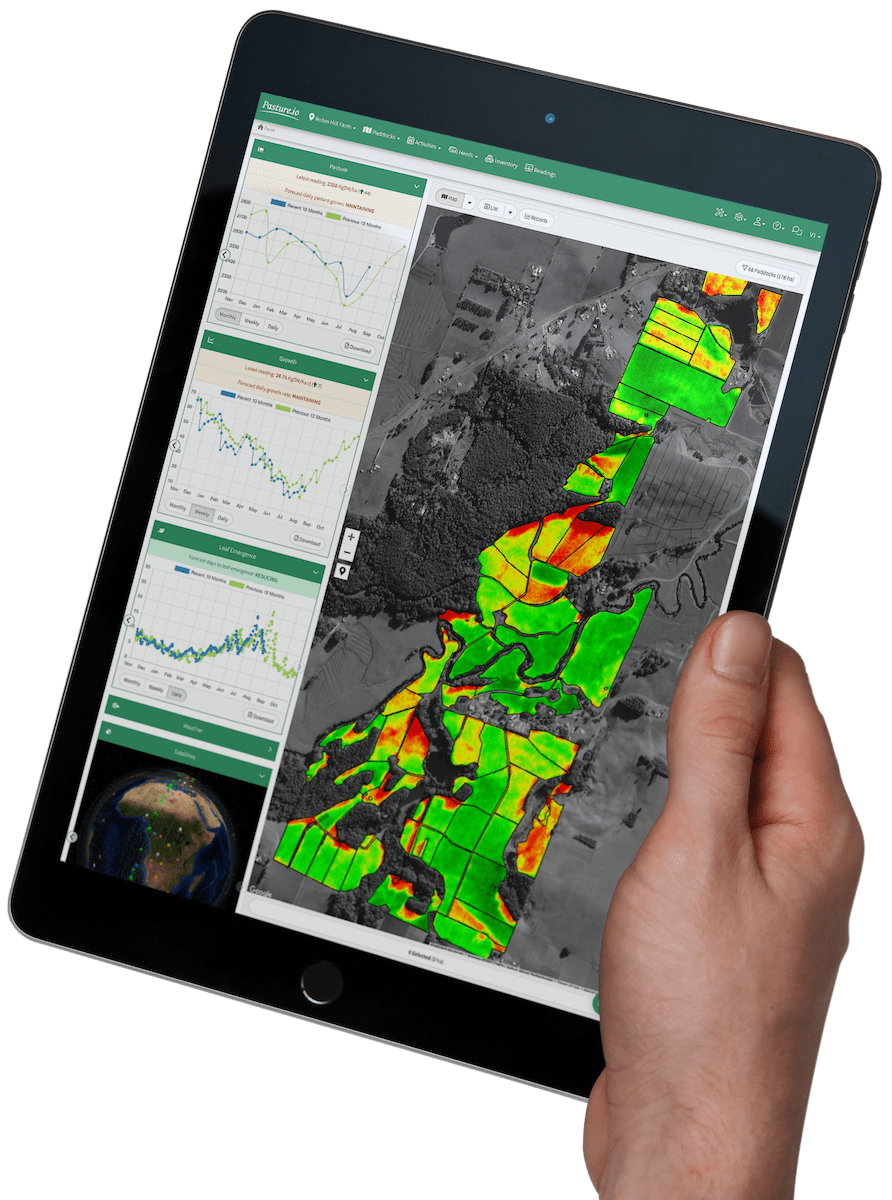
Want to learn more about how Pasture.io can help you increase your pasture yields and utilisation rates with best grazing practices? Chat with us today.
Until we meet again, Happy Grazing!
- The Dedicated Team of Pasture.io, 2021-10-13